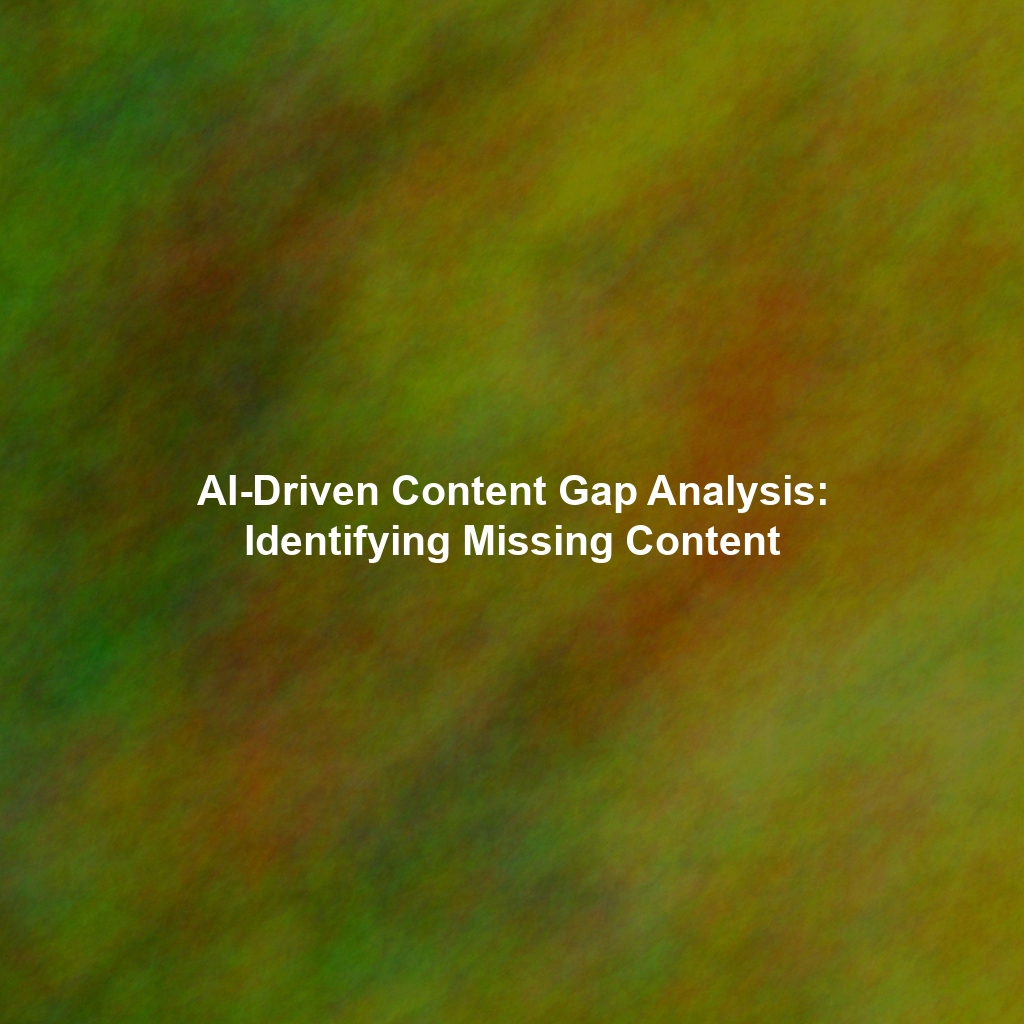In the ever-evolving world of e-commerce, businesses are constantly searching for innovative strategies to convert potential customers into loyal buyers. One particularly powerful tool that’s gaining traction lies at the intersection of Artificial Intelligence (AI) and behavioral economics – specifically, leveraging AI to trigger the Endowment Effect through compelling product descriptions. This article delves into how AI-powered content generation can create a sense of ownership in prospective buyers, significantly increasing the likelihood of purchase.
Understanding the Endowment Effect
The Endowment Effect, a cornerstone of behavioral economics, describes our tendency to place a higher value on things we already own, simply because we own them. It’s why you might be reluctant to sell a concert ticket for less than you’d be willing to pay for it initially. This irrational (but perfectly human) bias has profound implications for marketing and sales. If businesses can successfully instill a feeling of ownership in potential customers before they even make a purchase, they’re much more likely to close the deal.
AI: The Content Alchemist for Ownership
Traditionally, crafting product descriptions that tap into emotional connections and create a sense of “mine” has been the domain of skilled copywriters. But AI offers a scalable and increasingly sophisticated solution. Here’s how it works:
Personalized Narratives: Speaking Directly to the Customer
AI can analyze user data – browsing history, past purchases, demographic information – to generate product descriptions that resonate with individual preferences. Instead of generic descriptions, AI can craft personalized narratives. For example:
Generic: “This leather jacket is made of high-quality materials and offers a stylish look.”
AI-Powered & Personalized: “Imagine yourself cruising down the highway on your motorcycle, the wind in your hair, and this rugged leather jacket shielding you from the elements. Crafted from premium, full-grain leather, it’s designed to last a lifetime, becoming a trusted companion on all your adventures. Based on your previous purchases of vintage-inspired clothing, we think this jacket will perfectly complement your style.”
The AI-generated version paints a vivid picture, connects to the customer’s interests (motorcycles, vintage clothing), and uses language that implies a future relationship with the product (“trusted companion”). This subtly plants the seed of ownership.
Highlighting Benefits Over Features: Experiential Language
Instead of simply listing features, AI can focus on the benefits and how the product will enhance the customer’s life. Consider this:
Generic: “This coffee maker has a 12-cup capacity and a programmable timer.”
AI-Powered: “Wake up to the irresistible aroma of freshly brewed coffee every morning. With this coffee maker, you’ll have more time to savor those precious moments before your busy day begins. Imagine enjoying a steaming cup of your favorite blend, feeling refreshed and ready to tackle anything. This isn’t just a coffee maker; it’s your personal barista, waiting to craft the perfect cup, precisely when you need it.”
By emphasizing the sensory experience (aroma, savoring moments, feeling refreshed) and framing the product as a personal assistant (“your personal barista”), the AI-generated description encourages the customer to envision the product as part of their daily routine, fostering a sense of pre-ownership.
Using Ownership-Related Language: Words That Create Connection
Subtle linguistic cues can significantly impact perception. AI can be trained to incorporate language that subtly implies ownership. This includes using phrases like:
- “Your new favorite…”
- “The perfect addition to your collection…”
- “Get ready to experience…”
- “Imagine having…”
These phrases subtly suggest that the customer is already in possession of the product or about to be, priming their mind for purchase.
Real-World Examples of AI Driving the Endowment Effect
While the implementation of AI for this purpose is still relatively new, several companies are beginning to see promising results:
- Furniture Retailers: Using AI to generate descriptions that describe how a piece of furniture will transform a customer’s living space, creating a feeling of home and comfort.
- Fashion E-commerce: Describing clothing items in terms of how they will make the customer feel (confident, stylish, empowered) and using personalized recommendations based on their individual style preferences.
- Subscription Boxes: AI can generate descriptions for the items in each box that highlight their unique value and how they will fit into the customer’s lifestyle, reinforcing the feeling that they are receiving a curated collection specifically for them.
The Ethical Considerations
It’s crucial to acknowledge the ethical considerations when using AI to influence consumer behavior. Transparency is paramount. While triggering the endowment effect can be beneficial, businesses must avoid manipulative or deceptive practices. Product descriptions should always be accurate and truthful, even when employing persuasive language. Overpromising or creating unrealistic expectations can ultimately damage customer trust and brand reputation.
The Future of AI and the Endowment Effect in E-commerce
As AI technology continues to advance, its ability to personalize and craft compelling product narratives will only improve. We can expect to see even more sophisticated applications of AI in e-commerce, including:
- AI-powered visual storytelling: Generating images and videos that further enhance the sense of ownership.
- Interactive product descriptions: Allowing customers to “try on” or “customize” products virtually, further increasing their sense of connection.
- Personalized post-purchase messaging: Reinforcing the customer’s decision and building long-term loyalty.
Conclusion
The Endowment Effect is a powerful cognitive bias that can significantly impact consumer behavior. By leveraging the capabilities of AI to create personalized, benefit-driven, and ownership-oriented product descriptions, e-commerce businesses can tap into this bias and drive sales. However, it’s essential to use this technology responsibly and ethically, ensuring that transparency and customer trust remain paramount. As AI continues to evolve, its role in shaping the future of e-commerce and the way we interact with products online will only become more profound.
 Skip to content
Skip to content
